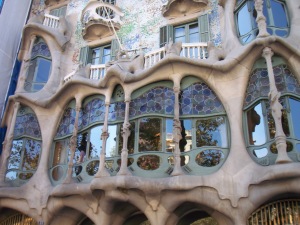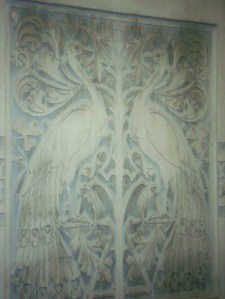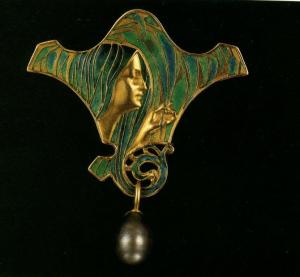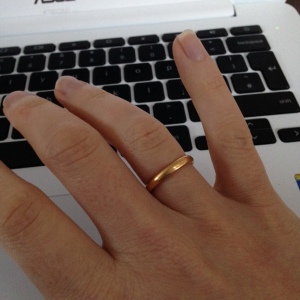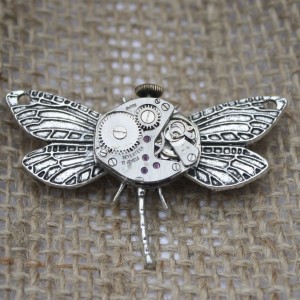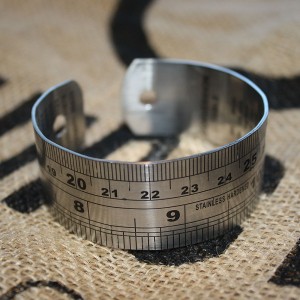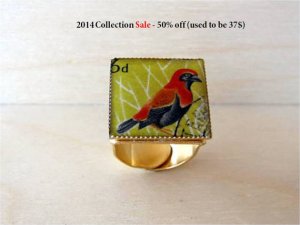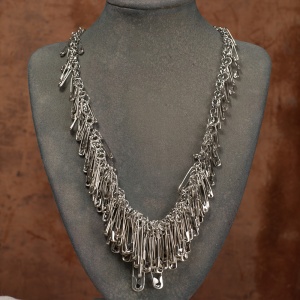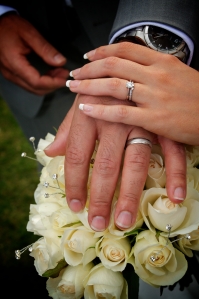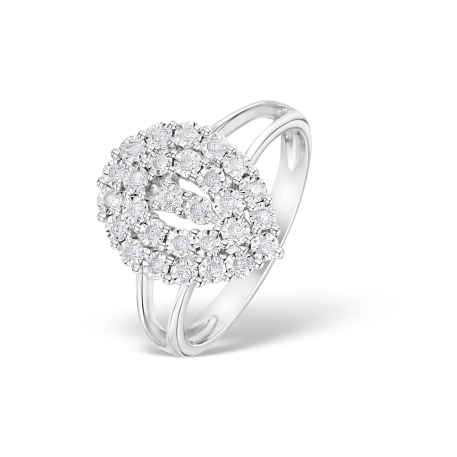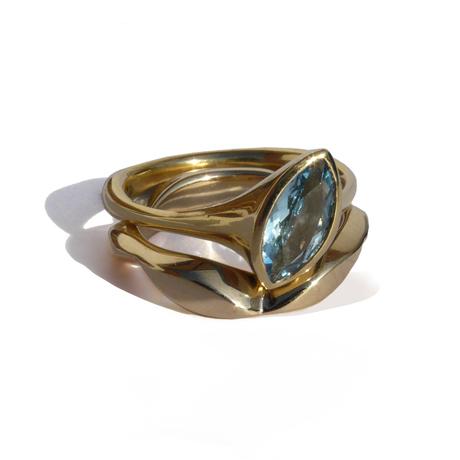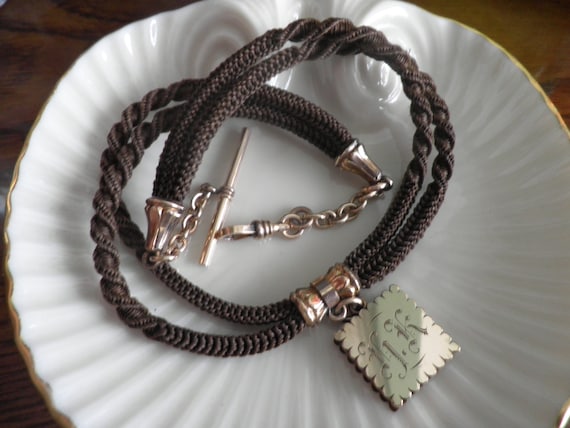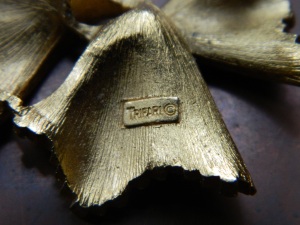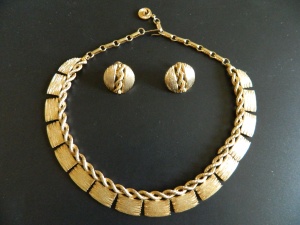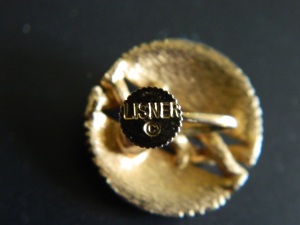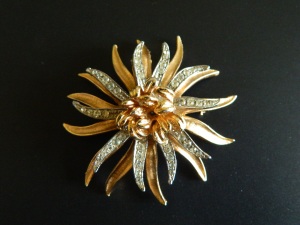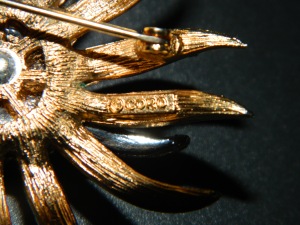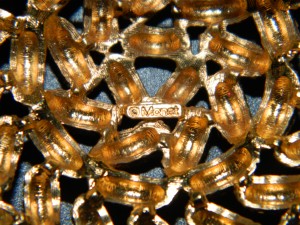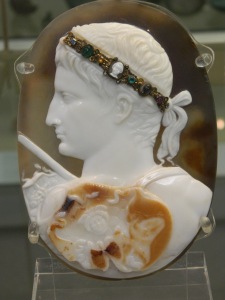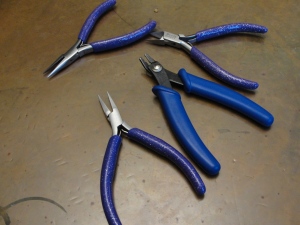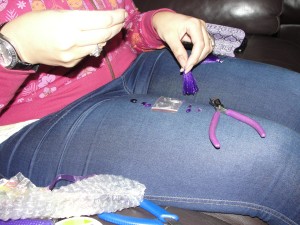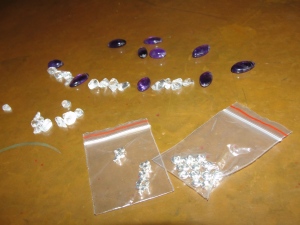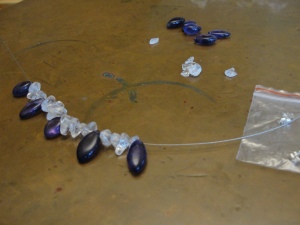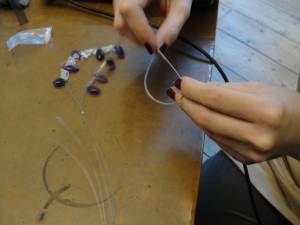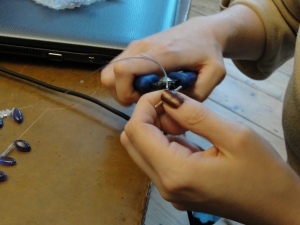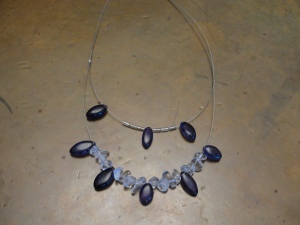Our next installment of “Through the Loupe” is with the creator of From the Tail Jewellery, Helen. From The Tail create an amazing range of Horse hair jewellery, pet fur jewellery and cremation ashes jewellery and keepsakes. For all the animal lovers amongst us jewellery fans this is an amazing way of creating a fabulous memory of your loved one.
Tell us a little about the jewellery you design
I make bracelets using several braid techniques and also resin combined with sterling silver and gold. I tend to try and keep to fairly traditional designs, with memorial jewellery being something that the wearer will keep rather than discard after it goes out of fashion.


[I really like this idea – I’m a big believer in jewellery not being a disposable commodity!]
Is it difficult dealing with such personalised jewellery – they must mean so much to individuals do you worry about getting it wrong?
In the early days I was always a little nervous with memorial jewellery, but as time has gone on and my experience has grown I don’t tend to worry now. I am quite meticulous when it comes to keeping details with hair/ashes etc and the word seems to have spread .
[It certainly has – you can check out some of the testimonials on the FTT website here]
I can see you started making your jewellery following the rehoming of your own horse – did you design jewellery before this or was it a completely new experience?
Completely new, I had my own photography studio previously and really was unsure where to go after it closed. Although at first it seemed to be a completely new experience I found a lot of what I had learned in my photography/graphic design / retail days proved very useful to bring it all together.
A lot of my friends were laughing at the fact I had even contemplated making jewellery for a living in a fairly saturated market. However, always up for the challenge I carried on, all costume jewellery to start with then after about 7 months I started using silver after learning some basic techniques to start with.
You have to accommodate really unusual items in your jewellery, not only hair, but teeth and ashes – how do you find ways of incorporating these into your jewellery?
Learning resin resin techniques meant I could incorporate ashes, teeth , pet fur into my products, I tend to stick with basic designs here as I don’t want anything that will go out of fashion, especially as these are so personal they need to last for a very long time. The most unusual things this year were a chickens feather and some quills from a pet hedgehog.

[aww a hedgehog how lovely!]
You’ve recently had a baby – how are you managing your new priorities alongside your business?
So far so good, I took very little leave, working until the week before she arrived and then back after 5 weeks. Currently its work as and when and any big plans will be put off, just ticking along for now.
One thing I was adamant about was that I would not close my business after having children, I am in my late 30s now so left it quite late and concentrated on work first. Its hard work but we are getting there.
Where do you make your jewellery?
I am home based at the moment which works very well with little one. My expansion was put off due to my recent pregnancy but hopefully that will be back on track next year and I’ll be on the hunt for a workshop.
[Many congratulations, I remain unbelievably impressed that you manage to work and look after a baby]
Do you make all your jewellery yourself or do you have help?
Just me, at Christmas time I rope in help for packing and other admin jobs. Again something that I hope to change within the next year and take on my first member of staff.
What did you do before you started FTTJ?
Photographer for quite a few years, unfortunately the industry is suffering and I felt it better to get out early. However my photography skills really help with FTTJ and some of the creative skills I learned over the years have come in very handy as previously mentioned.
You make such a variety of different types of jewellery, from the fabulous horse hair loop earrings (below) through to resin – what’s your favourite type of material to work with?

I would probably say resin, although at the start it was a love hate relationship. Resin is temperamental, and can really go wrong. I remember once running out of the house with a boiling pot of resin that overheated and was trying to combust! At that point I really did feel it might not be for me.
I got some help from a skilled resin cast maker and he turned it around for me and then made it so I could expand my products using that material.
Was it difficult to start your own business and do you have any tips for aspiring jewellery entrepreneurs?
I had my own business before so this was not a new experience. I think any tips I could give would be:
Don’t ignore good advice
Keep positive
And build your own brand, I see a lot of copying going on now and its sad, If someone got there first, try your own style.
Dont let bad experiences get you down, it’s easy to worry about one bad thing out of many good . Learn from it and move on.
[Great advice – particularly agree about the copying, there are so many unique ways of producing jewellery the joy is in the individuality]
What type of jewellery do you like to wear?
I don’t wear a lot of jewellery, more so because being around animals and now a baby I cant wear dangly things lol! However I do wear my wedding ring, I made both my husband and I our rings and mine was the first horse shoe print ring I made.
[yep I know that feeling!!!]

What’s your favourite metal – gold, silver or something else?
Silver, always has been. It complements the braids so well. Although I do make some gold jewellery I admit to being slow on the uptake as I personally prefer the silver.

